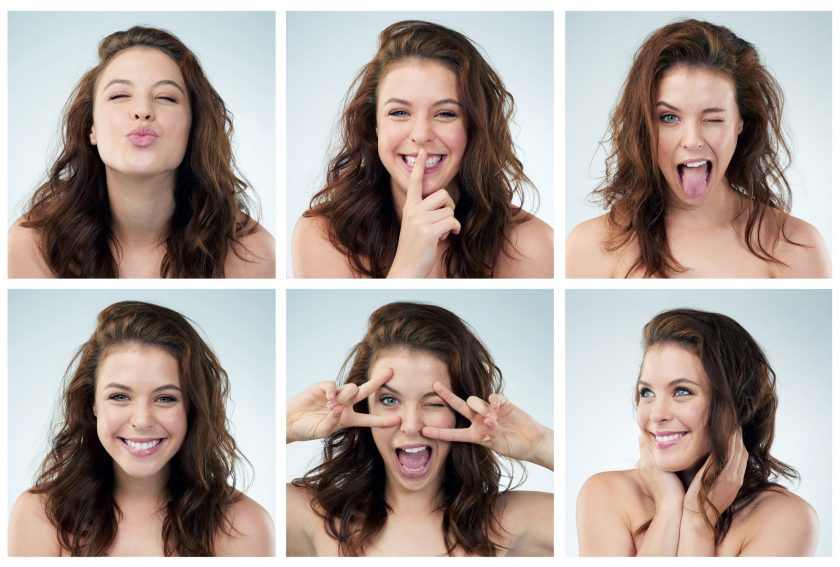Thirty minutes of facial exercises three to four times a week can help middle-aged women appear younger, according to the first scientific study to test its effectiveness.
A study by US-based Northwestern University found that a 30-minute daily or alternate-day facial exercise program over 20 weeks resulted “in a younger appearance with fuller upper and lower cheeks”.
Lead author Dr Murad Alam, professor of dermatology at Northwestern University Feinberg School of Medicine, said the study had produced the first evidence “that facial exercises may improve facial appearance and reduce some visible signs of ageing”.
“The exercises enlarge and strengthen the facial muscles, so the face becomes firmer and more toned and shaped like a younger face,” he said.
“Assuming the findings are confirmed in a larger study, individuals now have a low-cost, non-toxic way for looking younger or to augment other cosmetic or anti-aging treatments they may be seeking.”
Senior study author Emily Poon explained that as skin ages, skin loses elasticity and fat pads between the muscle and skin becomes thinner.
“The fat pads, which fit together like a jigsaw puzzle, give the face much of its shape,” she said.
“As skin becomes saggy, the thinning fat pads atrophy and slide, causing the face to ‘fall down’, but if the muscle underneath becomes bigger, the skin has more stuffing underneath it and the firmer muscle appears to make the shape of the face more full.”
“Basically the muscle growth is increasing the facial volume and counteracting the effects of age-related fat thinning and skin loosening.”
Published in the JAMA Dermatology journal, the study saw 27 women aged 40-65 undergo two sets of face-to-face 90-minute training sessions from a facial exercise instructor. At home, they continued to do these exercises for a total of 20 weeks. For the first eight weeks, they did the exercises daily for 30 minutes, and then, from week nine onwards they did the exercises ever second day.
Participants learned and performed 32 distinct facial exercises (developed and provided by Gary Sikorski of Happy Face Yoga, who is also a co-author on the study) for about a minute each.
The outcome of the exercise program was assessed with standardised before and after photographs evaluated by two independent dermatologists who assessed them using Merz-Carruthers Facial Ageing Photoscales.
The dermatologist raters looked at 19 features of the face and rated all of those at three different time points: at the beginning, at week eight and at week 20.
The raters found that upper cheek and lower cheek fullness, in particular, was significantly enhanced as a result of the exercises. In addition, the raters’ estimate of average patient age decreased over the course of the study ‒ it started at 50.8 years, dropped to 49.6 years at eight weeks and then to 48.1 years at 20 weeks.
“That’s almost a three-year decrease in age appearance over a 20-week period,” Dr Alam said.
Participants also reported being highly satisfied with the results and noticed improvement on nearly all the facial areas that were rated.




